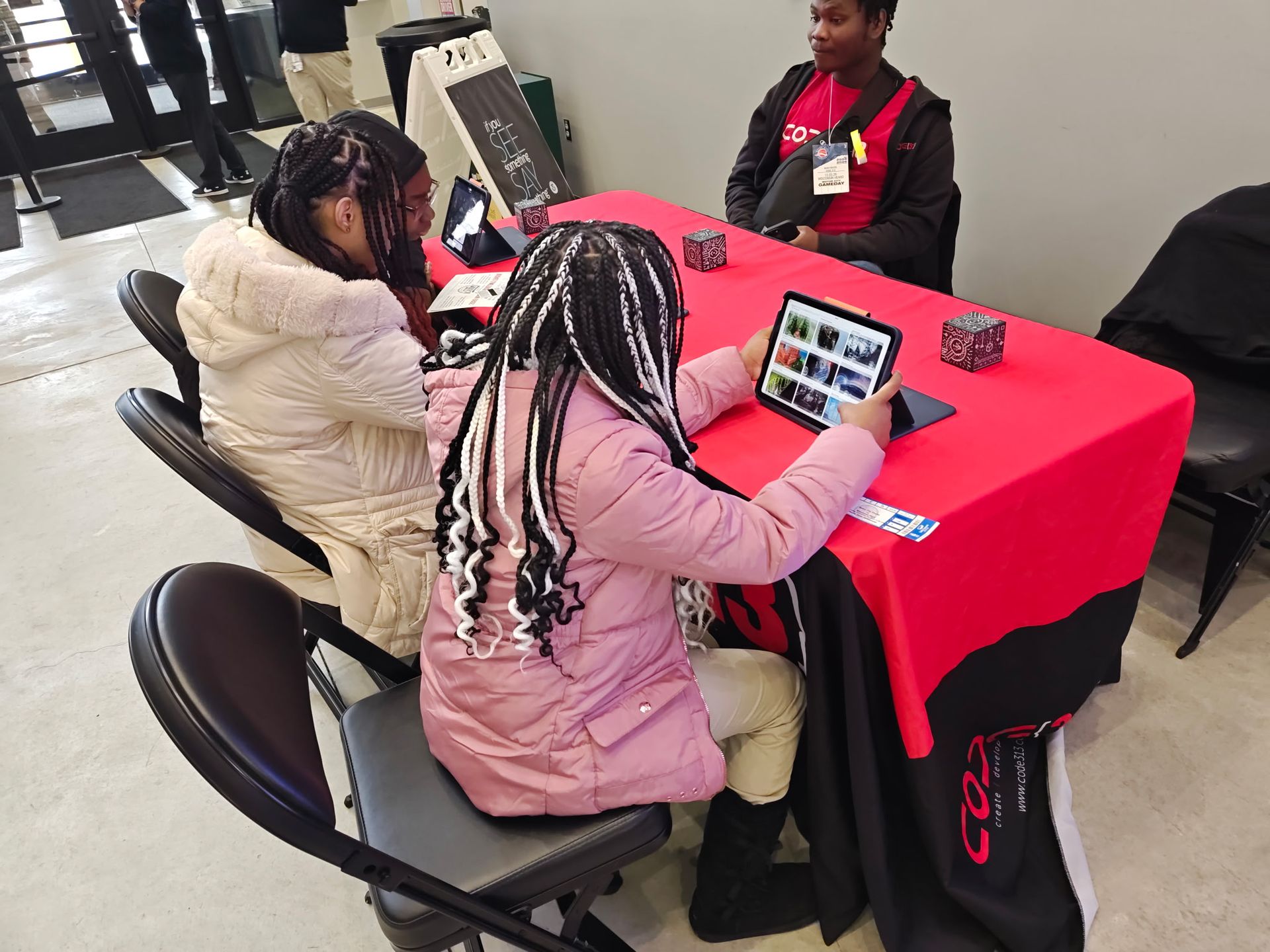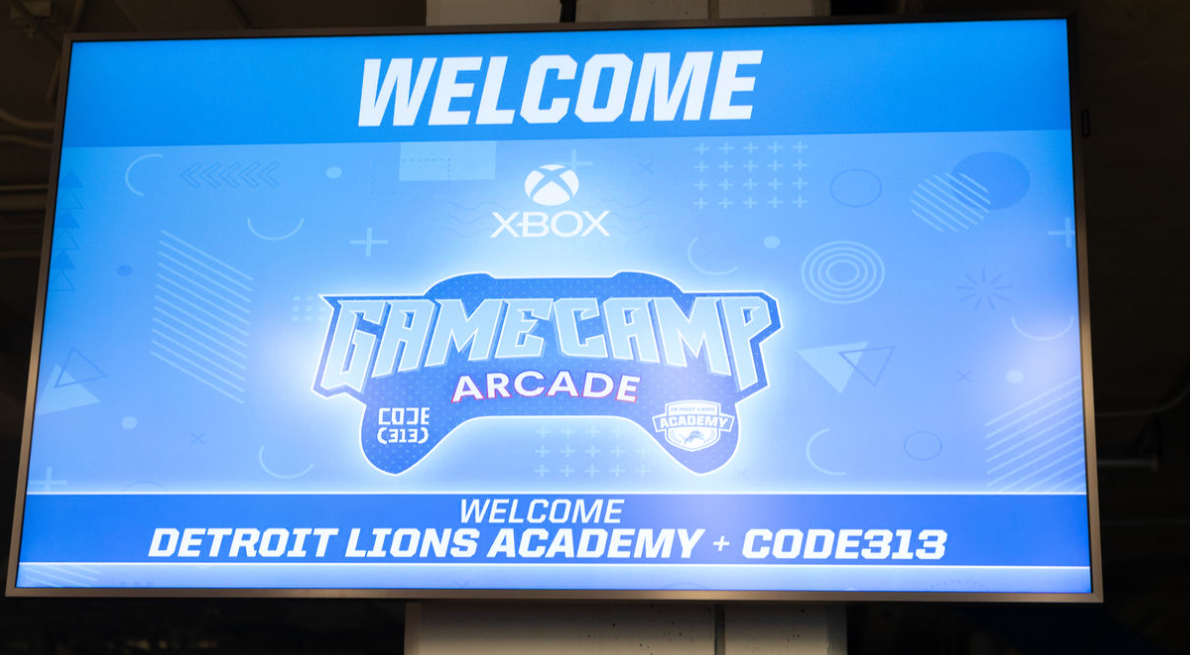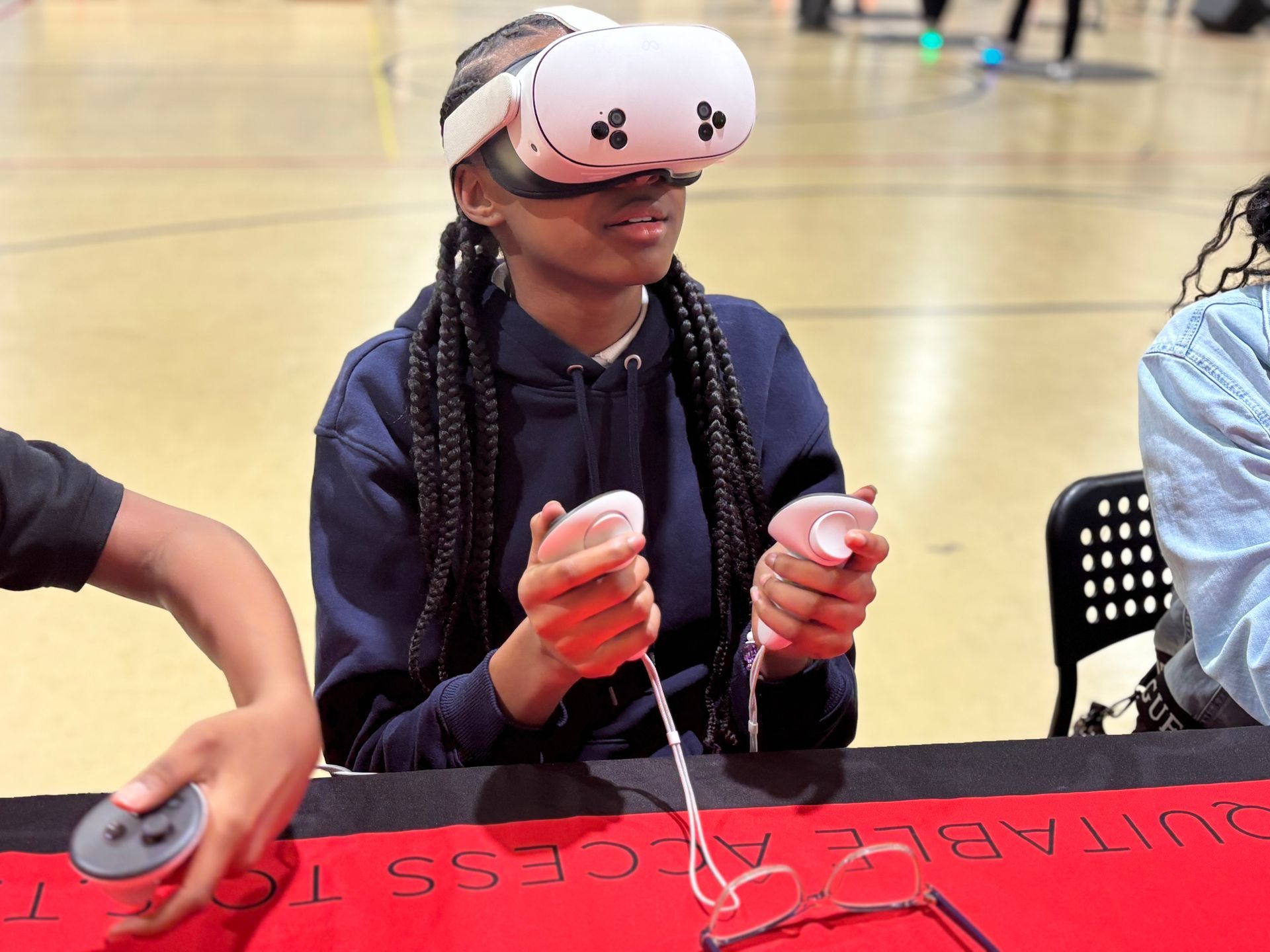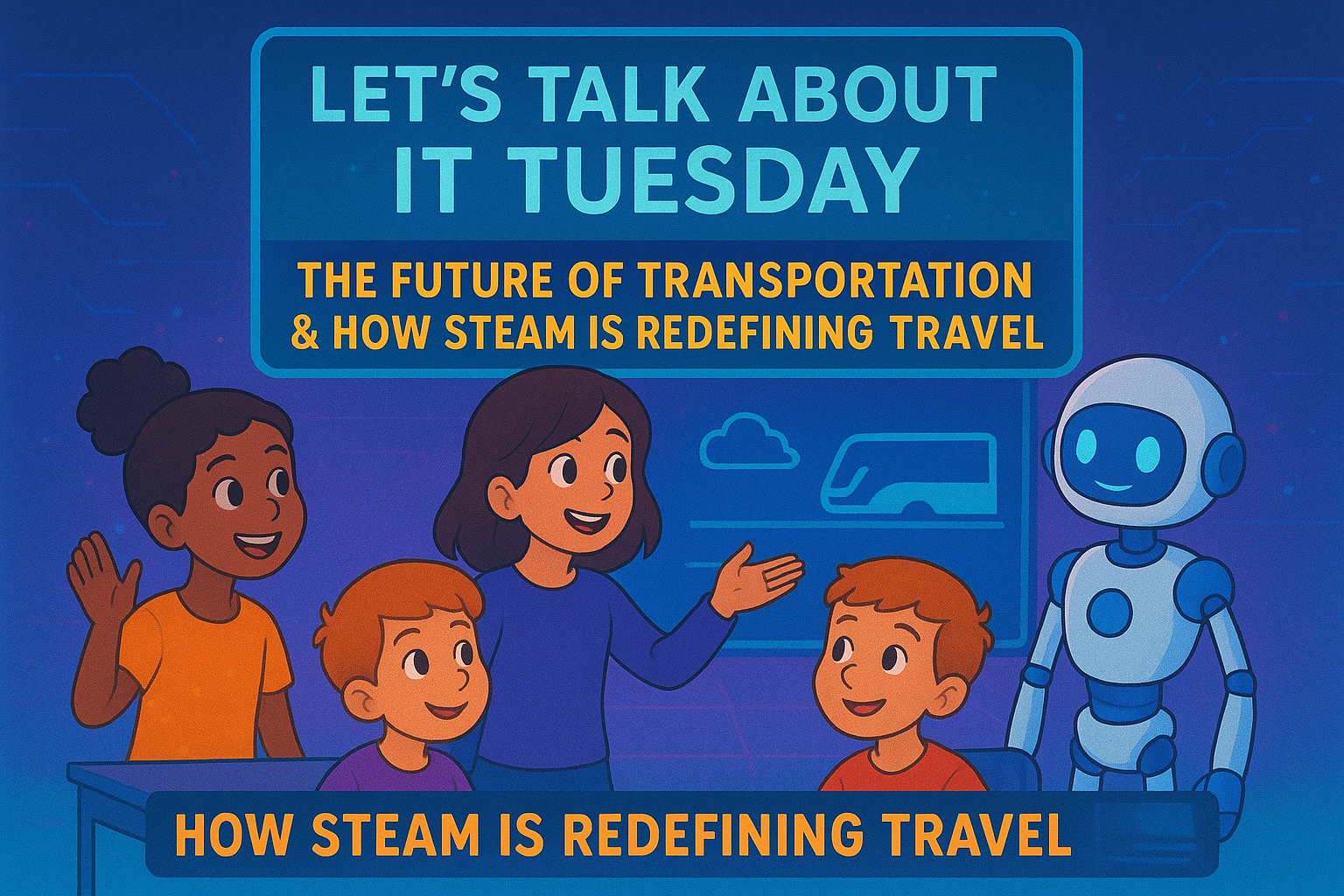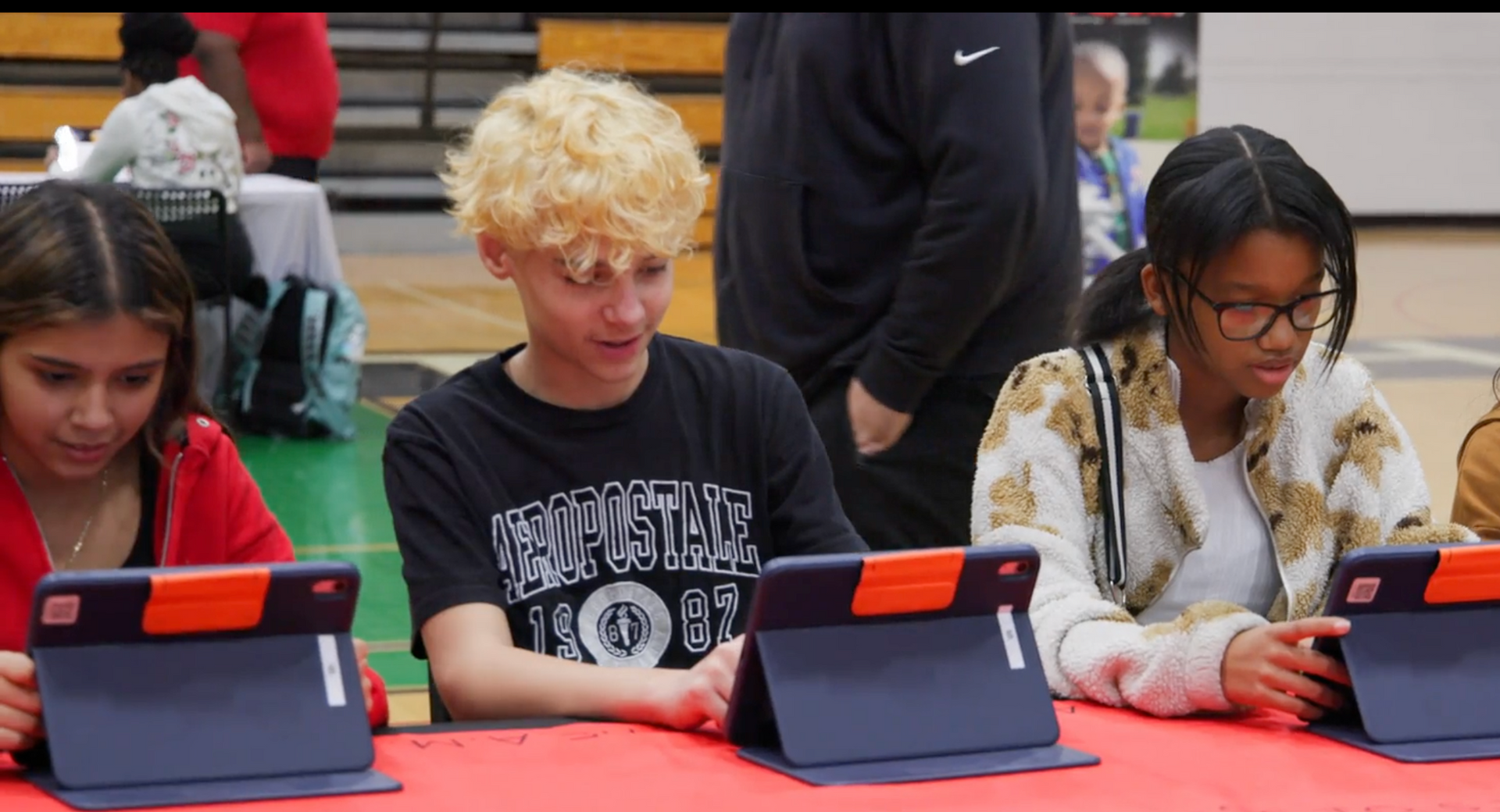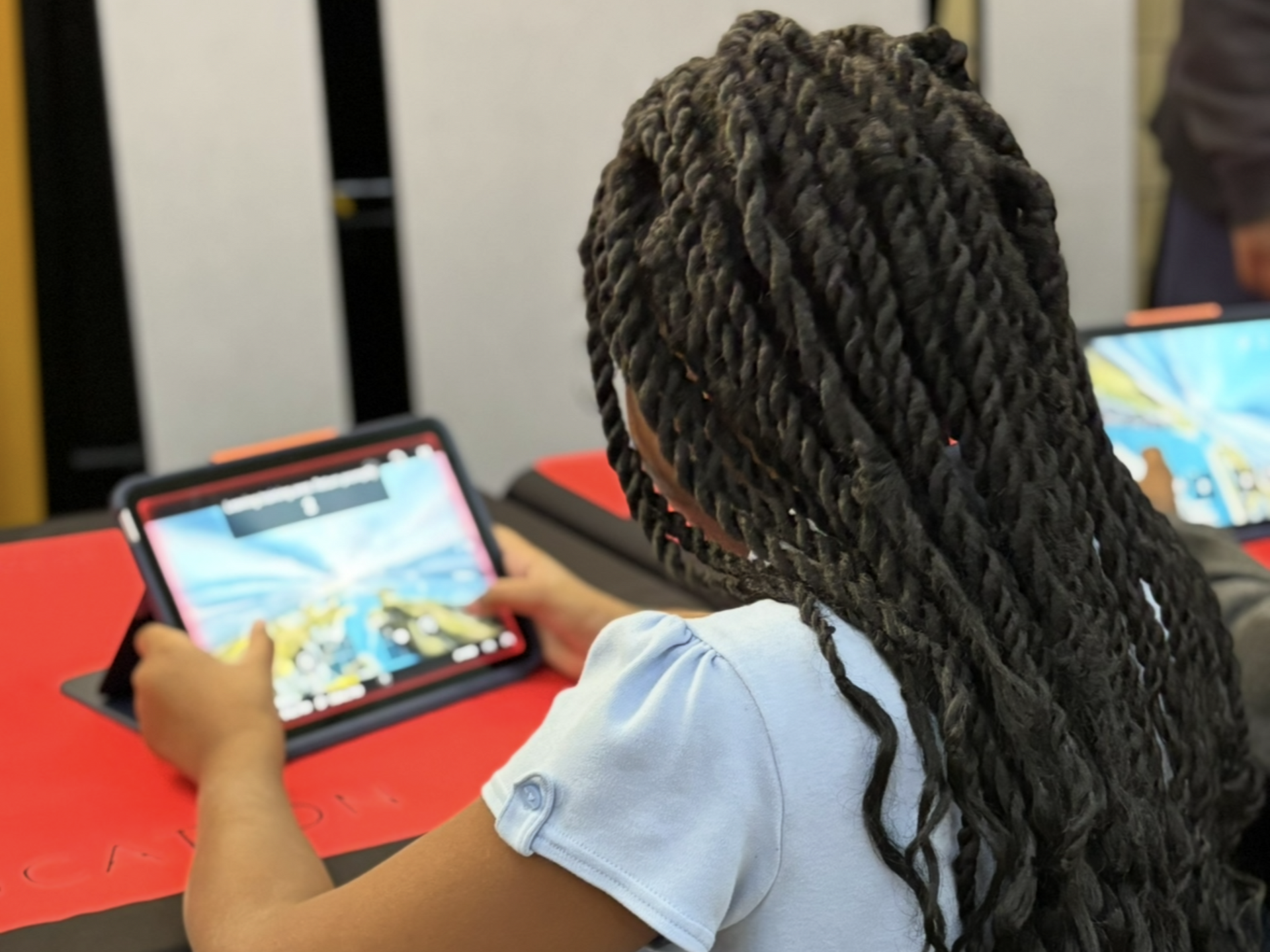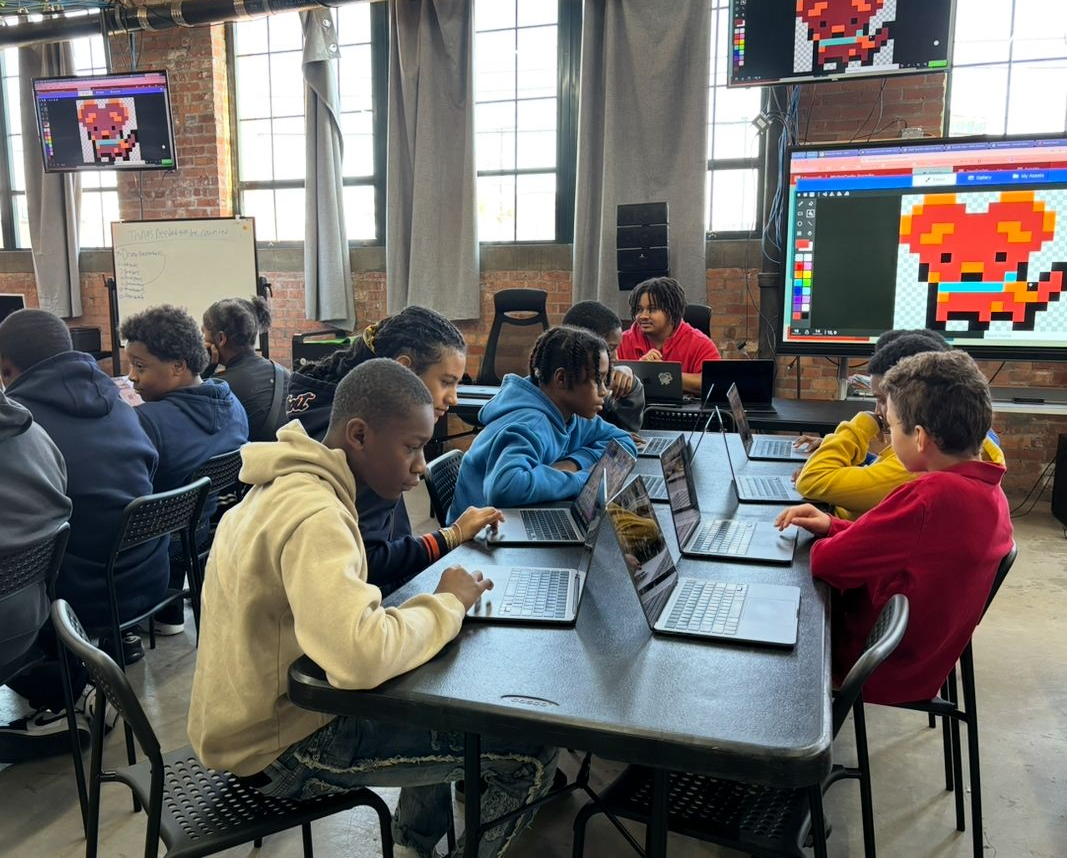Let’s Talk About It Tuesday: New Innovations in STEAM Education Around the World
Let’s Talk About It Tuesday: New Innovations in STEAM Education Around the World
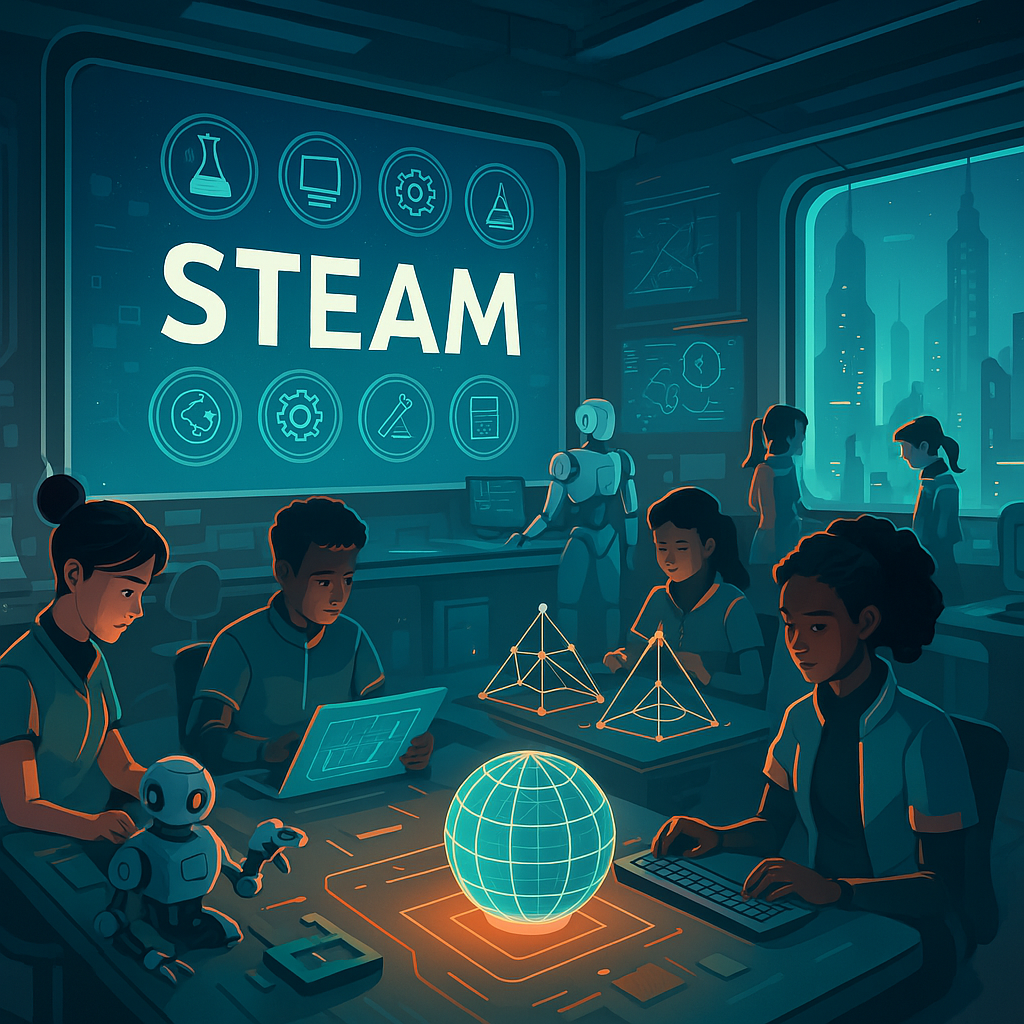
New Innovations in STEAM Education Around the World
As we move deeper into 2025, STEAM education is undergoing exciting changes thanks to bold innovations happening in classrooms, labs, and learning spaces globally. This week, we’re diving into some of the most inspiring and forward-thinking advancements that are transforming how students learn and how educators teach across Science, Technology, Engineering, Arts, and Math.
1. AI-Powered Learning Tools Are Getting Smarter
Artificial Intelligence is no longer just a futuristic concept—it’s a real tool being used in schools today. From personalized tutoring apps to AI that gives students instant feedback on writing or math problems, these tools are helping teachers reach students at all learning levels. Some platforms are even using AI to identify learning gaps and suggest custom lessons to help students improve faster than ever before.
Cool Fact: Some AI platforms are now being trained to teach coding in multiple languages—even sign language.
2. VR and AR Are Taking Learning to the Next Level
Virtual Reality (VR) and Augmented Reality (AR) are turning classrooms into immersive experiences. Students can now “walk” through ancient civilizations, explore the inside of a volcano, or design 3D structures they can manipulate in real-time. These tools are especially popular in engineering and science lessons, making abstract concepts easier to understand.
Real World Example: Some schools in Europe are using VR headsets to simulate surgeries and train students in medical STEAM programs.
3. STEAM for All: Accessibility Innovations
One of the most powerful innovations right now is making STEAM accessible for every student—including those with disabilities. Tools like voice-controlled coding environments, tactile programming kits for students with visual impairments, and sensory-friendly robotics kits are opening new doors.
Highlight: New tools are helping blind students learn to code using a combination of braille, sound cues, and AI voice assistants.
4. Eco-Innovation Projects Are Changing Communities
Students around the world are using STEAM to solve real-world problems like climate change, clean water access, and energy sustainability. Many competitions and programs now challenge students to design eco-friendly tech, from solar-powered ovens to self-watering garden systems.
Inspiring Story: In South Korea, middle schoolers used AI and sensors to build an automated trash sorter that encourages recycling based on the type of material scanned.
5. 3D Printing and Makerspaces Are More Popular Than Ever
Makerspaces—hands-on creative labs where students can build and invent—are popping up in more schools. With access to tools like 3D printers, laser cutters, and electronics kits, students are designing everything from custom phone cases to mini prosthetic limbs. These spaces give students the freedom to experiment, fail, and try again—just like real inventors.
Fun Fact: Some students have teamed up to create 3D-printed toys for kids in hospitals.
6. Art Meets Tech: Creativity Is Now a Core Skill
STEAM programs are now celebrating creativity just as much as logic and precision. Schools are embracing animation, game design, music production, and digital storytelling as essential STEAM skills. Students are learning how to use graphic design tools, compose original music, and even program their own art shows.
Trending Now: Interactive art exhibits made by students using motion sensors and code are popping up in STEAM schools around the world.
So, What Does This Mean for the Future?
STEAM education isn’t just about learning subjects—it’s about solving problems, thinking creatively, and using technology to make life better. These innovations show us that the future of education is hands-on, inclusive, and incredibly exciting. Whether you want to be a scientist, artist, engineer, or entrepreneur, STEAM is your launchpad.
Let’s keep talking about it:
- Which of these innovations do you think would be the most fun to try in your classroom?
- What problem would YOU solve using STEAM?

